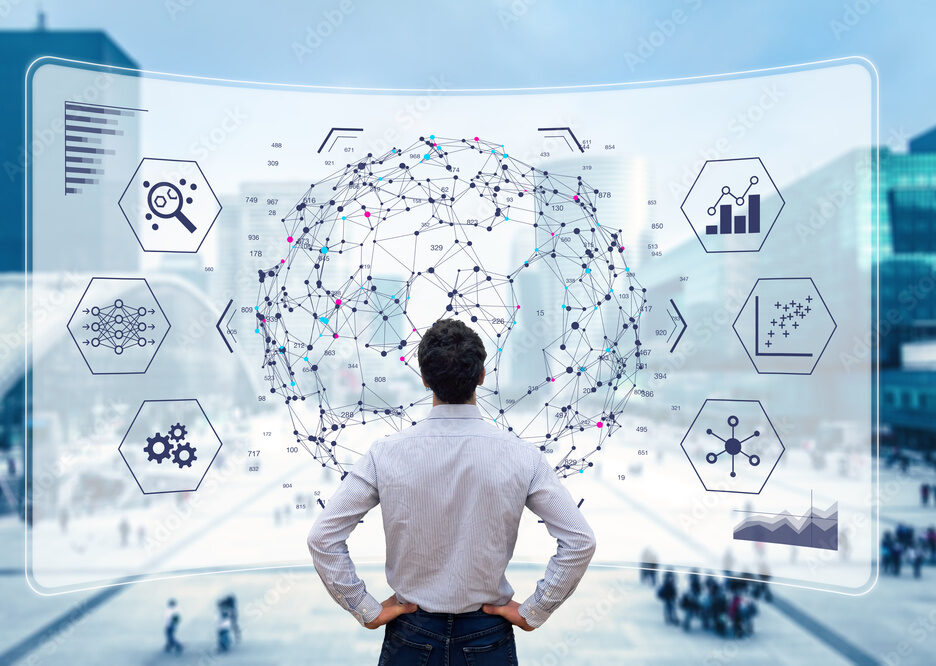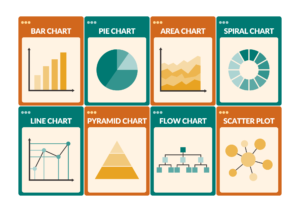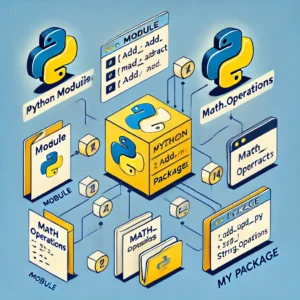Introduction of Machine Learning
Data science and machine learning are closely related fields that focus on extracting insights and making predictions from data. Here’s a brief overview of each:
Data Science
- Definition: Data science is an interdisciplinary field that involves using scientific methods, algorithms, and systems to extract knowledge and insights from structured and unstructured data. It combines statistics, computer science, and domain expertise.
- Key Components:
- 1. Data Collection
- Sources of Data: Data can come from multiple sources like databases, APIs, web scraping, sensors, and social media. Data scientists might collect structured data (like SQL databases) or unstructured data (like text, images, or videos).
- Data Warehousing: Often, collected data is stored in data warehouses or lakes, which are centralized repositories that allow for data storage, processing, and analysis.
- 2. Data Cleaning
- Dealing with Missing Data: Handling missing values through imputation or removal, ensuring the dataset is complete.
- Outlier Detection: Identifying and possibly removing outliers that could skew the analysis.
- Data Transformation: Normalizing, scaling, and encoding data to make it suitable for analysis and modeling.
- Data Integration: Combining data from different sources into a cohesive dataset.
- 3. Exploratory Data Analysis (EDA)
- Statistical Summaries: Calculating descriptive statistics such as mean, median, variance, and standard deviation to understand the distribution of data.
- Data Visualization Tools: Using tools like Matplotlib, Seaborn, and Tableau to create plots (e.g., histograms, box plots, scatter plots) that reveal insights and trends.
- Correlation Analysis: Examining relationships between variables to identify which features may be relevant for predictive modeling.
- 4. Data Visualization
- Purpose: Data visualization is key to making complex data more accessible, understandable, and usable. It allows stakeholders to see patterns, trends, and outliers at a glance.
- Tools: Besides Tableau, data scientists use tools like Power BI, D3.js, and Plotly for interactive and dynamic visualizations.
- 5. Statistical Analysis
- Hypothesis Testing: Performing tests (like t-tests, chi-square tests) to determine if observed patterns are statistically significant.
- Regression Analysis: Modeling relationships between variables to predict outcomes and understand the strength of relationships.
- Time Series Analysis: Analyzing data that is collected over time to forecast future values (e.g., stock prices, sales).
- 6. Reporting and Communication
- Data Storytelling: Crafting narratives that combine data insights with visuals to tell a compelling story.
- Dashboards: Creating interactive dashboards that allow users to explore data and monitor key metrics in real time.
Machine Learning: A Deep Dive
1. Supervised Learning
- Algorithms:
- Linear Regression: Used for predicting a continuous variable.
- Logistic Regression: Used for binary classification problems.
- Decision Trees and Random Forests: Tree-based methods that are powerful for both classification and regression.
- Support Vector Machines (SVM): Used for classification tasks by finding the optimal hyperplane that separates classes.
- Neural Networks: Used in deep learning to model complex patterns and relationships.
- Example Use Cases:
- Credit Scoring: Predicting the likelihood of a loan default based on applicant data.
- Spam Detection: Classifying emails as spam or not spam.
2. Unsupervised Learning
- Algorithms:
- K-Means Clustering: Grouping data points into a predefined number of clusters based on similarity.
- Hierarchical Clustering: Building a tree of clusters to represent nested groupings.
- Principal Component Analysis (PCA): Reducing the dimensionality of data while preserving as much variance as possible.
- Example Use Cases:
- Customer Segmentation: Identifying distinct groups of customers for targeted marketing.
- Anomaly Detection: Detecting unusual patterns in data, such as fraudulent transactions.
3. Reinforcement Learning
- Concepts:
- Agents: The entity that learns and takes actions.
- Environment: The system the agent interacts with.
- Rewards: Feedback the agent receives to guide learning.
- Policies: Strategies the agent uses to decide actions.
- Example Use Cases:
- Robotics: Training robots to perform tasks like assembling parts or navigating a space.
- Game AI: Developing algorithms that can learn to play games like Go or Chess at a superhuman level.
4. Model Training
- Training Data: Splitting data into training and testing sets to train the model on one set and evaluate it on another.
- Cross-Validation: A technique to ensure the model generalizes well to unseen data by training and validating the model on different subsets of the data.
- Hyperparameter Tuning: Adjusting model parameters to improve performance.
5. Model Evaluation
- Metrics: Common evaluation metrics include accuracy, precision, recall, F1-score for classification, and Mean Squared Error (MSE) for regression.
- Confusion Matrix: A tool to visualize the performance of a classification model by showing true positives, false positives, true negatives, and false negatives.
6. Deployment
- Model Serving: Deploying models to production environments where they can process real-time data and make predictions.
- Monitoring: Continuously monitoring model performance to ensure it remains accurate over time. This includes detecting model drift and retraining as necessary.
Applications of Data Science and Machine Learning
- Healthcare: Predicting patient outcomes, personalized medicine, medical imaging analysis.
- Finance: Algorithmic trading, fraud detection, risk management.
- Retail: Demand forecasting, recommendation systems, customer sentiment analysis.
- Manufacturing: Predictive maintenance, quality control, supply chain optimization.
- Transportation: Autonomous vehicles, route optimization, traffic prediction.
- Marketing: Targeted advertising, customer segmentation, churn prediction.
Tools and Technologies
- Programming Languages: Python and R are the most commonly used languages for data science and machine learning.
- Libraries and Frameworks:
- Pandas, NumPy: Data manipulation and analysis.
- Scikit-learn: A comprehensive library for machine learning in Python.
- TensorFlow, PyTorch: Deep learning frameworks for building neural networks.
- Hadoop, Spark: Big data frameworks for processing large datasets.
- Jupyter Notebooks: An interactive environment for coding and documentation.
Interdisciplinary Nature
- Collaborative Work: Data science and machine learning projects often involve collaboration between data scientists, machine learning engineers, domain experts, and stakeholders.
- Ethical Considerations: Ensuring that data use and machine learning models are fair, transparent, and do not reinforce biases.
Data science and machine learning are powerful tools in the modern data-driven world. They help businesses make better decisions, automate processes, and innovate across industries.
Post Views: 112




